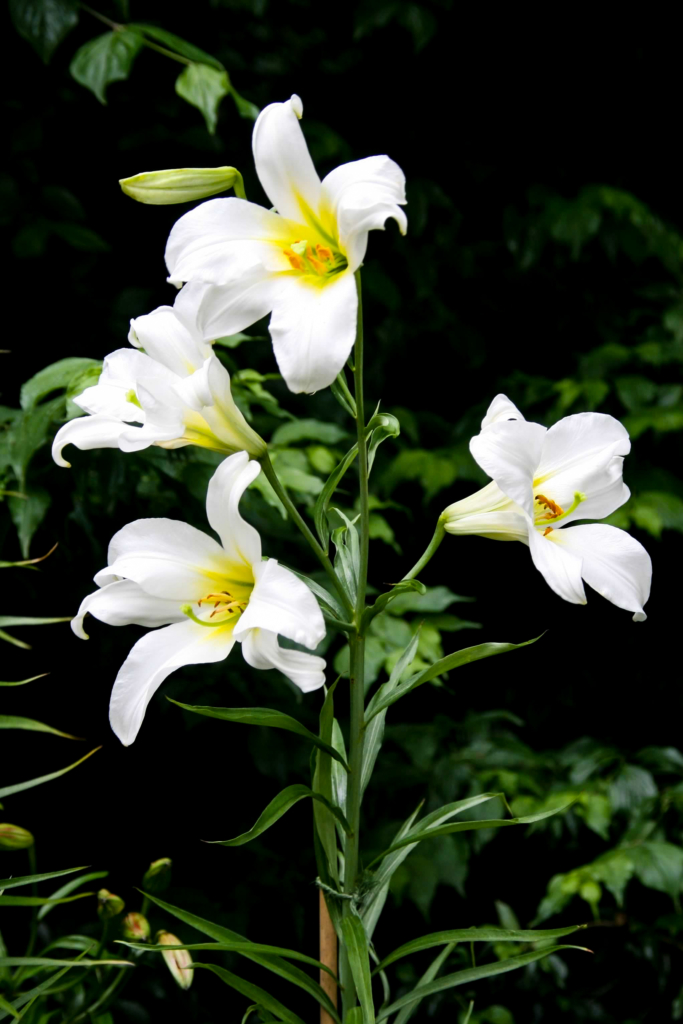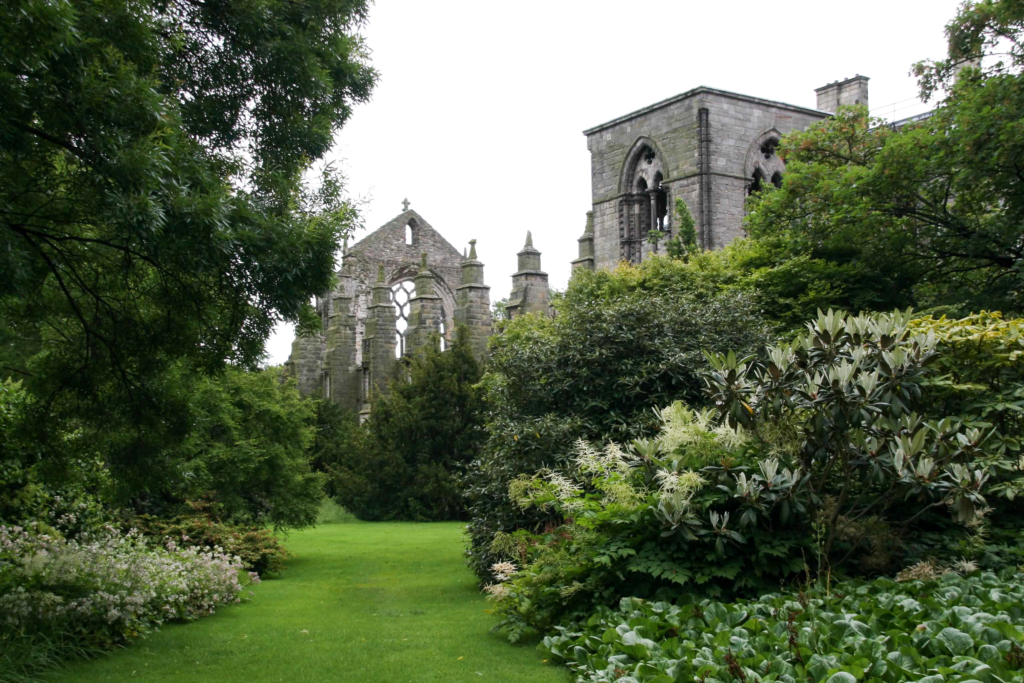The official residence of the British monarch in Scotland since the 1920s, Holyrood Palace is located at the bottom of the Royal Mile in Edinburgh, opposite from the Edinburgh Castle. At the beginning of the summer, Queen Elizabeth II spends one week at the palace engaged in official activities and ceremonies.
The history of Holyrood dates back to 1128 when the, now ruined, Holyrood abbey was built. The palace was built adjacent to the abbey in 1501-1505. Holyrood is where Mary, Queen of Scots lived out her life from 1561 until her abdication in 1567. She resided in the royal apartments in the north-west tower which are open to the public. At the time, Queen Mary had archery butts erected in her private gardens for her practicing. She also hunted deer in Holyrood Park.
Holyrood, as it stands today, was built between 1671 and 1678 and consists of a classical-style three-story quadrangle layout. Its two towers are linked by a two-story front with the central principal entrance surmounted by the royal arms of Scotland. It was through these arms that we entered the quadrangle and joined our guided tour of Queen Mary’s and the royal apartments.
We were struck by the level of technical innovation introduced to the palace in the early 1900s by the grandfather to Queen Elizabeth II, George V, who added central heating and electricity and, following WWI, completed improvements to the bathrooms and kitchens and thereby making it a modern day palace.
The extensive gardens of Holyrood are beautifully landscaped and well maintained and well worth a leisurely stroll after the tour of the apartments.
To locate other notable homes, gardens, and battlefields to tour, check out the National Trust for Scotland.
Read our Planning a Golf Trip to Scotland for our travel tips.
Mary Beth I have a passion for creating and experiencing unforgettable moments and sharing those with others. I hope that this story has helped you experience one of those moments.



